

Window replacement has become a focal point for homeowners aiming to enhance comfort, boost property value, and increase energy efficiency. Unlike simple repairs, replacing windows involves selecting suitable types, understanding the real benefits, and following a precise step-by-step process. From choosing the right frames and glazing to completing the installation, each stage impacts durability, savings, and aesthetics long-term. Whether it’s to modernize an older property or to cut energy bills, the choices made around window replacement matter more than most imagine.
Today's window replacement options are diverse, incorporating advanced technology and tailored features. Homeowners are faced with decisions about frame materials, glass performance levels, opening mechanisms, and even acoustic properties. The benefits of a successful window upgrade extend beyond just looks; modern solutions can dramatically improve insulation, reduce outside noise, and reinforce building security. Understanding the process in detail can help demystify the upgrade, showing how it transitions from assessment to installation and, ultimately, to lasting value.
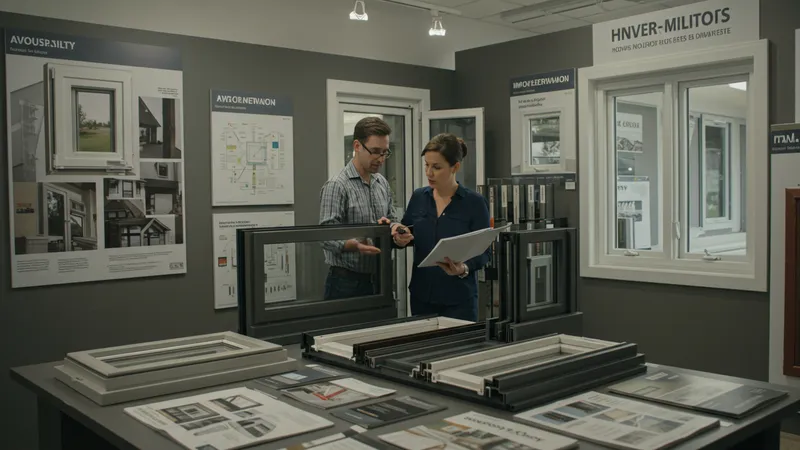
The three primary examples—Andersen, VELUX, and Schüco—highlight how varied window replacement options are, each catering to different needs and situations. Andersen’s models offer outstanding insulation that suits many climates, while VELUX specializes in sloped roof installations, an ideal fit for attics or upper-level renovations. Schüco’s aluminum choices provide sleek, modern looks with exceptional weather resistance, often preferred for commercial or contemporary homes.
Choosing among these options means considering frame material, insulation value, security features, and design compatibility with existing structures. Energy-efficient glazing can reduce annual heating costs by a measurable percentage, especially relevant in regions with fluctuating seasons. For example, homeowners report up to 20% savings on utility bills after replacing original windows with advanced double-pane models.
The benefits of window replacement also extend to noise reduction and comfort. Upgraded frames and panes can create a much quieter interior environment, particularly valuable in urban or high-traffic areas. Safety enhancements—from multi-point locks to reinforced glass—further contribute to the long-term appeal and peace of mind for residents.
Understanding the process is crucial: it begins with precise measurements, selection of materials, assessment of structural needs, and is concluded with professional removal and installation. Each step demands attention to detail. Proper timing, weather conditions, and experience separate successful projects from those that create future headaches. Knowledgeable decision-making early on paves the way for lasting success and unexpected advantages.
These core concepts only scratch the surface. The deeper details reveal even more valuable insights ahead—such as how local climate, installation methods, and window technology truly shape outcomes and savings.
Andersen Replacement Windows are renowned for their versatility, offering various styles such as sliders, casement, and picture windows. Each design type meets different needs, allowing for custom fit-outs no matter the architectural challenge. Whether it’s maximizing daylight, enhancing ventilation, or complementing period architecture, Andersen’s range provides tailored utility. The availability of energy-efficient glazing with insulating gas fills also makes them a strategic option for homeowners seeking cost-effective improvements without sacrificing aesthetics.
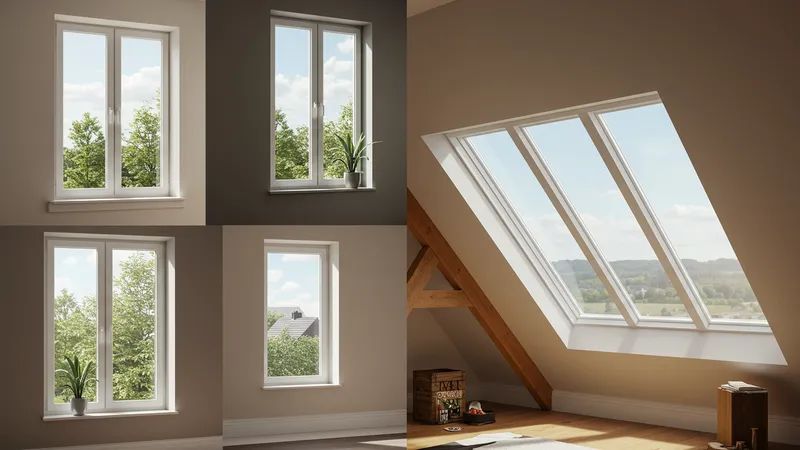
VELUX Roof Windows stand out as a specialist choice for sloped and roofline installations that many conventional options can’t address. The unique construction ensures protection against rain while maximizing natural light in attic conversions or lofts. VELUX’s focus on UV filtering and moisture-resistant finishes adds another performance layer, making these windows a thoughtful solution where attic space is being transformed into livable square footage. Their easy-to-operate opening mechanisms further enhance accessibility and appeal.
Schüco Aluminum Systems present a solution for modern homes and commercial properties with premium aluminum frames that offer slim sight lines and high durability. They excel in resisting warping, rusting, and overall wear even in challenging weather. For energy-conscious projects, their windows feature thermal break insulation, which remains effective long after installation. Schüco also offers customization in color and finish, accommodating architects or homeowners seeking distinct contemporary aesthetics.
The comparison among these solutions illustrates just how important it is to match the window replacement type to the property’s unique requirements. From the choice of frame material—wood, uPVC, aluminum—to glazing (dual, triple, or specialty), making the right decision now ensures long-lasting comfort, security, and style. Next, we’ll dive into the tangible benefits you can expect from each of these options.
One of the most substantial benefits of modern window replacement is enhanced energy efficiency. Upgraded windows with double or triple glazing minimize heat loss in winter and reduce heat gain in summer. This leads to more consistent indoor temperatures and noticeable reductions in both heating and cooling consumption. For many homeowners, this translates into a measurable decrease in annual energy expenses, making the initial investment increasingly attractive over time.
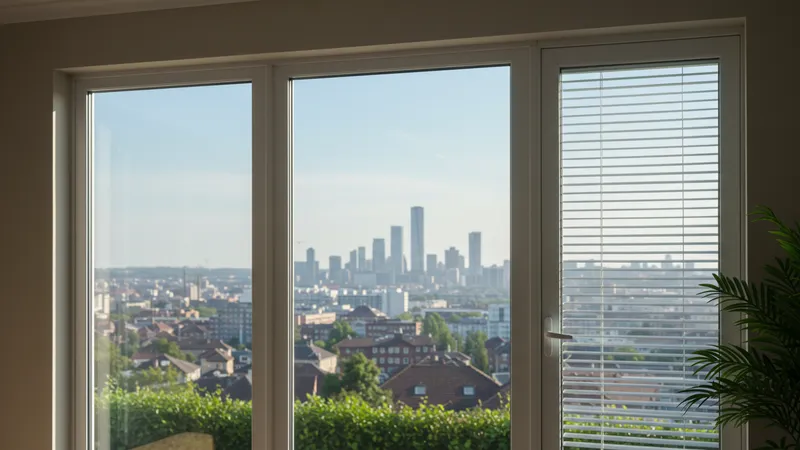
Another key benefit centers on sound insulation and comfort. New windows effectively dampen external noise, a feature that proves invaluable in city settings or residential zones near busy streets. Specialized panes and robust framing materials work together, reducing disruptions—from traffic, weather, or neighbors—so living areas remain tranquil. Increases in household comfort often become apparent almost immediately after installation.
Security enhancements that come with modern window replacement shouldn’t be underestimated. Multiple locking points, reinforced glass, and tamper-resistant hardware collectively boost property security. Modern systems, especially those like Schüco’s, often meet higher European safety standards, contributing both peace of mind and insurance advantages. The blend of visible and structural security features demonstrates that windows now play a crucial role in protecting a residence.
A further benefit is the potential boost to property value. Prospective buyers typically consider window condition and efficiency when assessing a home. Properties equipped with premium replacements such as Andersen, VELUX, or Schüco can stand out in competitive markets. These benefits, tangible and intangible, reveal why so many opt for complete window upgrades rather than minor repairs.
The process for replacing windows starts with a thorough evaluation of existing units. An accurate assessment identifies which windows need replacing, the extent of any structural repairs, and the specifications needed for new units. Professionals will take precise measurements and examine potential obstacles such as unusual frame sizes or support issues, ensuring the chosen windows will fit and perform as designed.
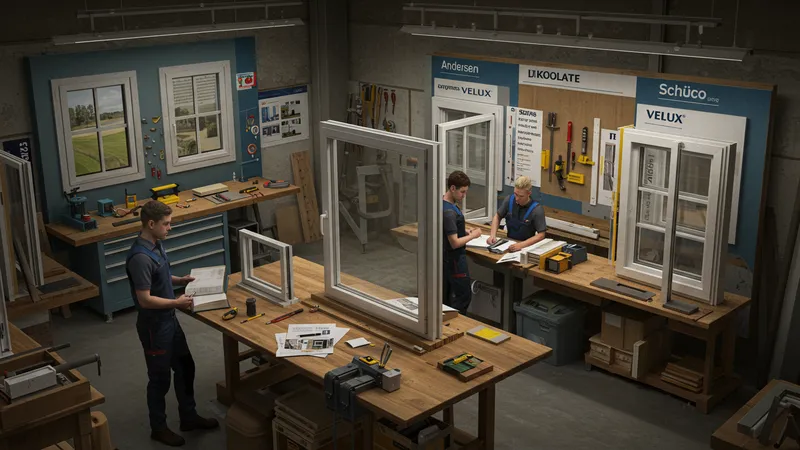
Next, choosing the right type and style—such as the robust Andersen, the specialized VELUX, or the modern Schüco—depicts the project’s direction. Material selection plays a large part in long-term satisfaction. For instance, aluminum is favored for longevity and minimal maintenance, while timber might be selected for traditional aesthetics in heritage homes. The energy rating of the window package is also a decisive factor, as it will directly impact insulation and comfort.
Scheduling and preparation are crucial to avoid delays and reduce homeowner disruption. The actual removal process requires care: removing old frames and sashes while preserving surrounding masonry or trim. If there’s structural damage, repairs must be made before new units are secured and sealed correctly. The installation stage itself, if handled by certified professionals, ensures the manufacturer’s performance standards are met and warranty terms are preserved.
Post-installation inspection rounds out the process. This involves checking seal integrity, verifying smooth operation, and cleaning up the site. Homeowners are then briefed on maintenance routines—like occasional lubrication of hinges or locks, and proper ventilation practices—to ensure maximum window lifespan. Each step builds toward reliable, high-performing windows designed to last for decades.
While the basics of window replacement are universal, tailoring choices to factors such as climate or building orientation can further maximize value. South- or west-facing windows, for example, may benefit from solar control glass to manage heat gain in the summer, while north-facing ones prioritize thermal insulation. Consulting with energy specialists or architects can lead to nuanced decisions, ensuring the right products—like triple glazing or smart-glass options—are deployed where they matter most.
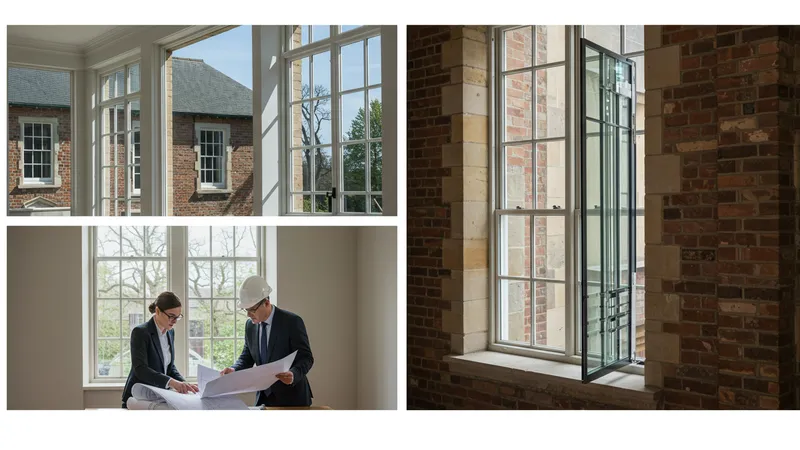
For buildings with architectural significance, choosing window systems that retain original character is crucial. Many manufacturers now offer heritage lines, blending authenticity with today’s performance advancements. Advanced options such as integrated blinds, anti-burglary locking, or enhanced acoustic insulation can also align new installations with both aesthetic and functional needs. Ultimately, a balance between historical integrity and modern comfort is achievable with careful planning and product selection.
Continual advances in window technology are introducing elements like self-cleaning glass, enhanced UV protection, and even smart sensors connected to home automation. These features provide not just convenience, but also tangible performance improvements—like reduced maintenance or automated climate control. Keeping abreast of innovations ensures any window replacement project leverages the very best available technology for that period’s needs.
In summary, window replacement isn’t just a construction project; it’s a sophisticated upgrade influencing comfort, efficiency, and value for years. Informed choices—from brand to process and features—yield rewards that extend well beyond the initial installation, offering daily improvements, savings, and satisfaction for homeowners and properties alike.